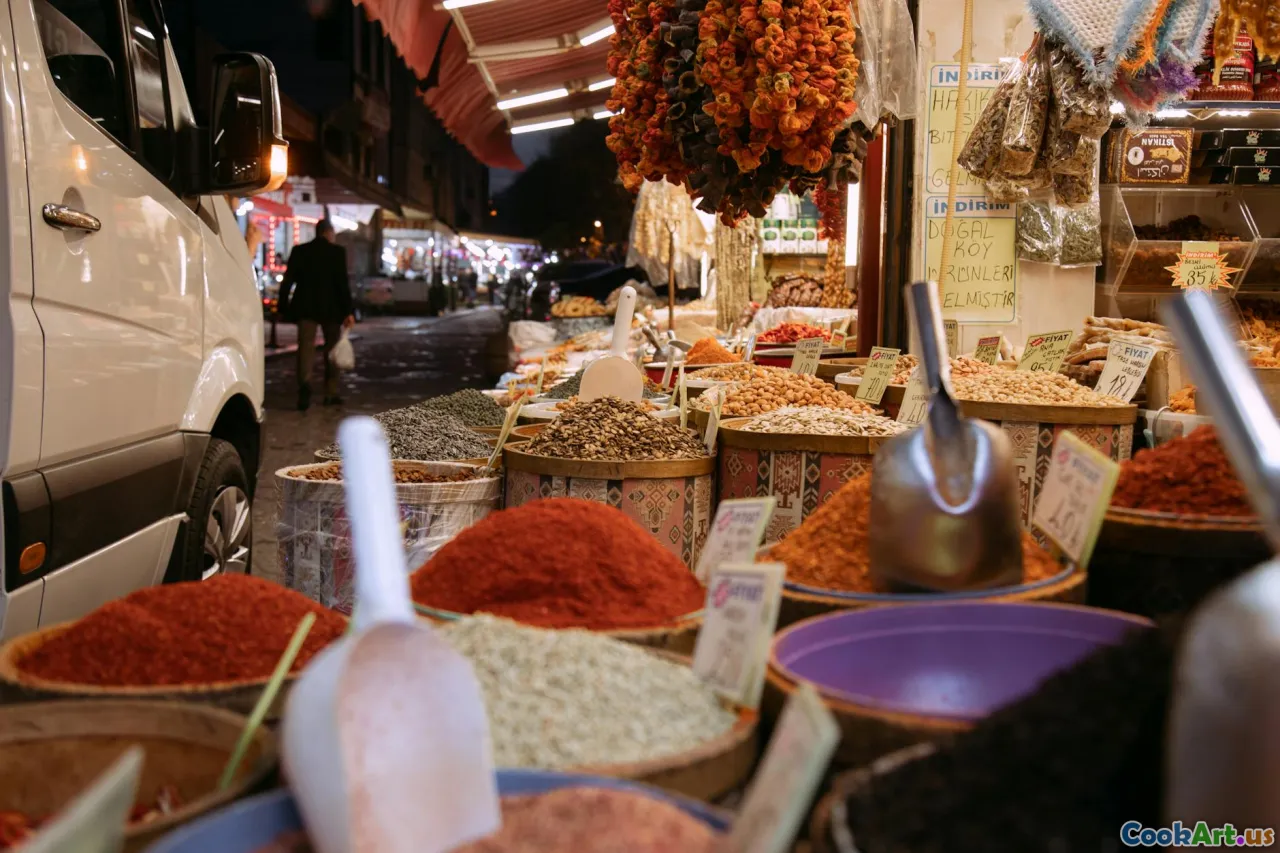Street Food Stories: Tales from Around the Globe
6 min read Discover the captivating stories behind street food from various cultures, showcasing its role in culinary heritage and social experiences. April 04, 2025 17:45
Street Food Stories: Tales from Around the Globe
Street food is more than just a quick meal; it’s a vibrant reflection of a culture's history, values, and community spirit. From bustling night markets in Bangkok to food carts in New York City, every corner of the world offers unique flavors and stories waiting to be uncovered. This article takes you on a journey through various continents, exploring the tales behind some of the most beloved street foods, the artisans who create them, and the cultural significance they hold.
The Essence of Street Food
Street food embodies the heart and soul of a community. It is often the first taste of a culture for travelers, providing insight into local ingredients, cooking techniques, and the social fabric of a place. In many cultures, street food is an accessible and affordable way to enjoy meals, often served in vibrant settings filled with laughter, chatter, and the tantalizing aroma of spices.
Asia: A Melting Pot of Flavors
Thailand: Pad Thai from the Streets of Bangkok
In Thailand, few dishes are as iconic as Pad Thai. Originally a street food, this stir-fried noodle dish combines rice noodles, eggs, tofu or shrimp, and a medley of vegetables, all tossed in a tangy tamarind sauce. Street vendors prepare Pad Thai with impressive flair, often cooking on large woks over open flames, creating a dish that is not just food but a performance.
India: Chaat - A Symphony of Flavors
India's street food scene is a cacophony of colors and flavors. Chaat, a category that encompasses various savory snacks, is famous for its diverse textures and tastes. Vendors prepare these dishes on the spot, mixing crispy fried dough, tangy chutneys, and fresh vegetables. Each region boasts its own variation, making it a delightful exploration for food lovers.
Europe: Tradition Meets Modernity
Italy: Arancini - A Sicilian Delight
In Sicily, arancini are a beloved street food staple. These golden, fried rice balls are typically filled with ragù, mozzarella, and peas, encapsulating the essence of Sicilian comfort food. Street vendors often serve them hot and fresh, making them a must-try for anyone visiting the island.
Spain: Tapas - Small Plates, Big Stories
Spain’s tapas tradition reflects the communal nature of dining in Spanish culture. Street vendors offer a variety of small dishes, from patatas bravas to chorizo, allowing people to sample a bit of everything. Each tapas dish has its own story, often rooted in regional ingredients and family recipes passed down through generations.
The Americas: A Fusion of Cultures
Mexico: Tacos - A Global Icon
Tacos are a quintessential Mexican street food, showcasing the country's rich culinary heritage. From al pastor to fish tacos, each variety tells a story of cultural influence and local ingredients. Street vendors serve them with salsas that vary in heat and flavor, making each taco a unique experience.
United States: Food Trucks - A Culinary Revolution
In recent years, food trucks have become a prominent part of the American culinary landscape. Offering everything from gourmet burgers to fusion cuisine, these mobile kitchens reflect the diverse tastes of urban dwellers. Food truck festivals are popular, showcasing the creativity of chefs and the community spirit surrounding street food.
Africa: A Taste of Tradition
Morocco: Tagine on the Go
In Morocco, street food vendors serve tagine, a slow-cooked stew, in portable versions that capture the essence of Moroccan flavors. These dishes often include local meats, vegetables, and aromatic spices, providing a delicious way to experience the country’s culinary traditions.
South Africa: Bunny Chow - A Unique Street Dish
Bunny chow, originating from the Indian community in Durban, is a hollowed-out loaf of bread filled with curry. This dish is a perfect example of South Africa's multicultural influences, combining rich flavors and a unique presentation that has made it a beloved street food across the nation.
Conclusion: The Stories We Share
Every street food dish has a story behind it, whether it’s the grandmother’s recipe passed down through generations or the innovative twist a vendor puts on a classic. Street food serves not just to satisfy hunger but to connect us to the culture, history, and community of a place. As we explore these flavors from around the globe, we gain a deeper appreciation for the culinary narratives that enrich our lives and bring us together.
In every bite of street food, we taste the world.









